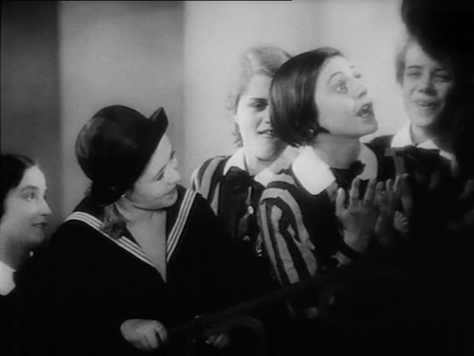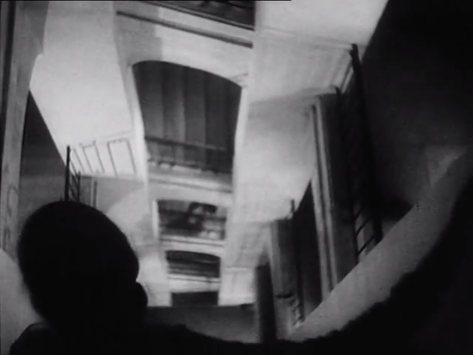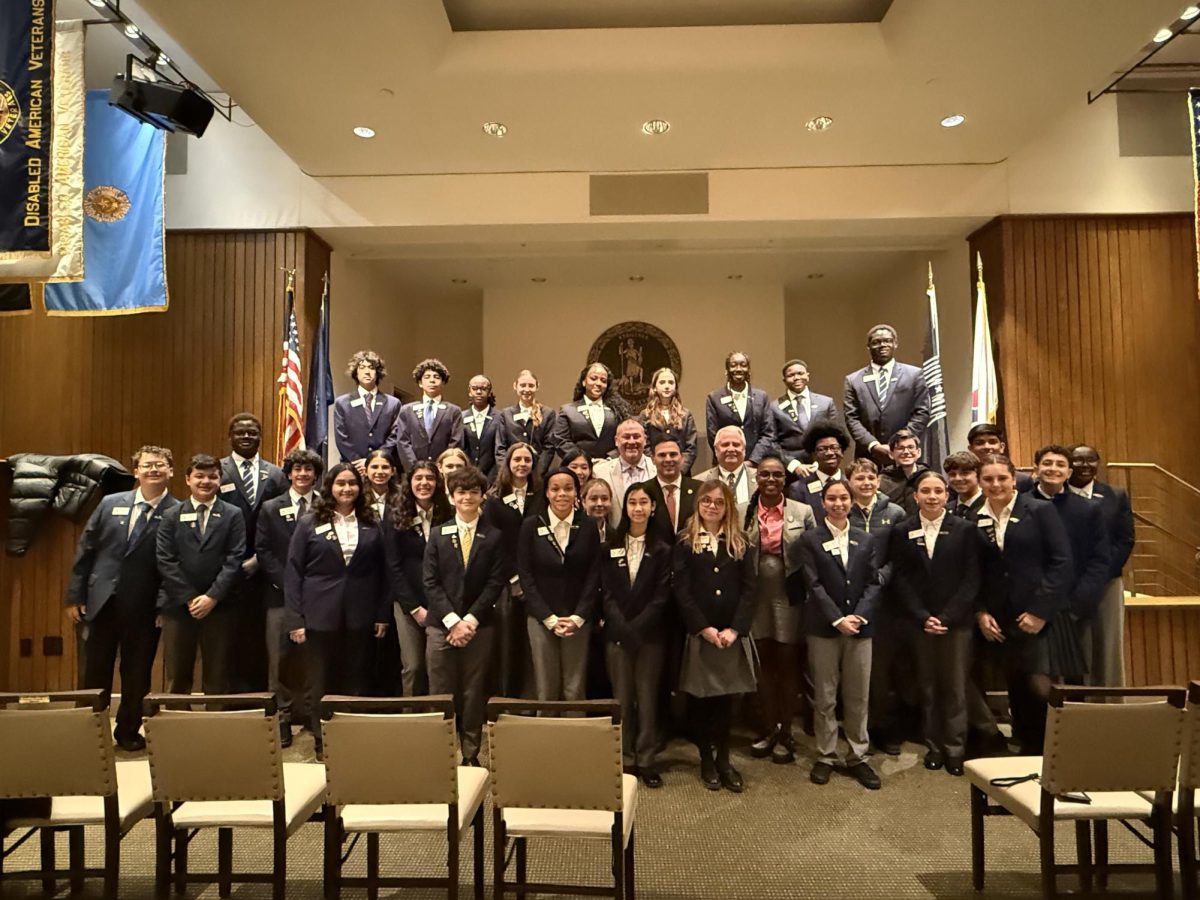Mädchen in Uniform (1931) Review // Recommendation

Left: protagonist, Manuela; Right: supporting character, Ilse in a frame from the film
January 9, 2020
Here it is, one of the only Lesbian films of the black and white era. Perhaps the most Lesbian of them all. Films like Morocco and Borderline do have sprinkles of Homosexuality in them, but this one has an unmissable amount. Due to most countries having Anti-gay laws, Homosexual depictions are few and far between in this time. This is not helped by America’s adoption of the Hays Code and Germany’s adoption of Nazism, both of which were against positive gay depictions. In fact, the Nazis tried to destroy every copy of Mädchen in Uniform, but numerous copies of it had been sent overseas at that time.
My expectation was for this to be a more or less standard romance. There’s romance in this, but the film is not a full-on love piece. The story is mainly about the development and actions of the protagonist, Manuela, played by Hertha Thiele. She is driven, at least somewhat, by her being lovestruck. However, lots of the screen time is unrelated to the main plot. The filmmakers seem more interested in what the numerous other characters are doing. Characters like Ilse get lots of screen time and the time spent on them adds little to the main story. The other girls do partially drive Manuela. They show off how they handle the strict rules, which include things like no writing letters and no pictures of boys. The most interesting part of the scenes with the other characters is that several of them are shown to be Lesbians or Bisexuals. The previously mentioned Ilse has several pictures of a male movie star that she idolizes, but she also openly expresses her love for the Governess, Fräulein von Bernburg. The strict headmistress, Fräulein von Nordeck zur Nidden (‘Fräulein’ refers to an unmarried German woman, numerous characters are referred to as such), doesn’t seem to mind the Homosexuality in and of itself, but instead the girls non-conformity in general. Seeing as this is the 1930s, one would imagine that she would be bothered by them being gay.
It’s not like the Homosexuality is buried under subtext, every night the beloved Governess Fräulein kisses the foreheads of all the girls before they go to bed. Ilse is excited to get a kiss from her. In that scene, there’s numerous close up shots of girls excited for their kiss. Another scene features a girl showing her ability to break a button off her dress with her developed breasts. Ilse proclaims “What a body!” and the other girls seem excited by this talent.
I am a bit of a sucker for movies which focus on showing off the environment and characters by letting us see what’s going on, which this film certainly does. However, this does not usually make good narratives and films, as every scene should add to the main plot. The three characters most relevant to the main plot are Manuela, Governess Fräulein, and the headmistress. There’s often times where those characters are absent for notable portions of the film. The girls are fun characters to watch, but many of their scenes should be cut if the goal is to have the best possible story.
SPOILERS
There are some weird little plot holes in the filler. As an example, the headmistress said she intentionally doesn’t give out a lot of food in order to make the girls more ordered, but she’s upset when one complains about it, as if she thought the girl was ungrateful. The only thing the headmistress does is give the opposite of what everyone wants. That’s not a bad thing, but the movie wants the character to be three-dimensional. The end features all the girls looking down at the headmistress as she walks away saddened for indirectly pushing Manuela to kill herself. As a wooden character, she shouldn’t get this time for a redemption (for lack of a better term) or introspection as the film didn’t care to give her a real character. Most scenes with her focus on how the girls feel in relation to her, not how she feels.
Any scenes with the girls and Manuela work. They emphasize Manuela. She’s uncomfortable in this boarding school and it’s good for the story to see that. In contrast, the girls are more or less content with being there. The girls get some nice payoff at the end when they prevent Manuela from committing suicide by jumping to her death. That scene gets some nice foreshadowing when two girls discuss how high up the stairs are.

Manuela got drunk and loudly proclaimed her love for her Governess. This was a very big deal in the film. Manuela narrowly avoided being expelled, but was told she would be moved to where she would never see her Governess again. This led to her suicide attempt. The romance between the Governess and Manuela is odd. They both show affection for each other, most notably when during the before bed kissing, the Governess kisses Manuela on the lips, which she doesn’t do for any of the other students. However, there is not much screen time for the two and there’s no closure on their relationship. After Manuela is prevented from jumping, the movie is over and we don’t see what happens next. That’s a shame as that seemed to be the main thrust of the movie. Will They or Won’t They? is a big part of the main plot.
What would have been interesting to see is a more straight forward romance story, but it’s gay. The film is in many ways like a typical romance, but it’s incomplete. The protagonist never gets the girl, but the setup is similar to a romance. Two characters want to be together but circumstance keeps them apart. Their kiss is highly stylized and romanticized, as if it’s the first big step in a blossoming romance. It’s the kind of thing I’ve seen in many romance films.
OVERVIEW
Mädchen in Uniform is an engaging and enjoyable watch. I was always eager to see what happened next. One that wants any one genre like a romance, a drama, or a comedy will be let down due to the film’s inability to focus on one thing or flesh out an idea fully. However, even with it’s faults, you could say it’s a gay old time.
Read more reviews here: http://thefilmediary.wordpress.com/




